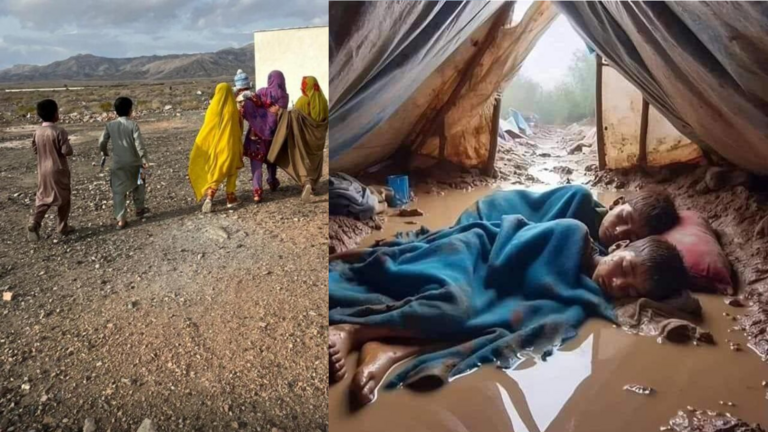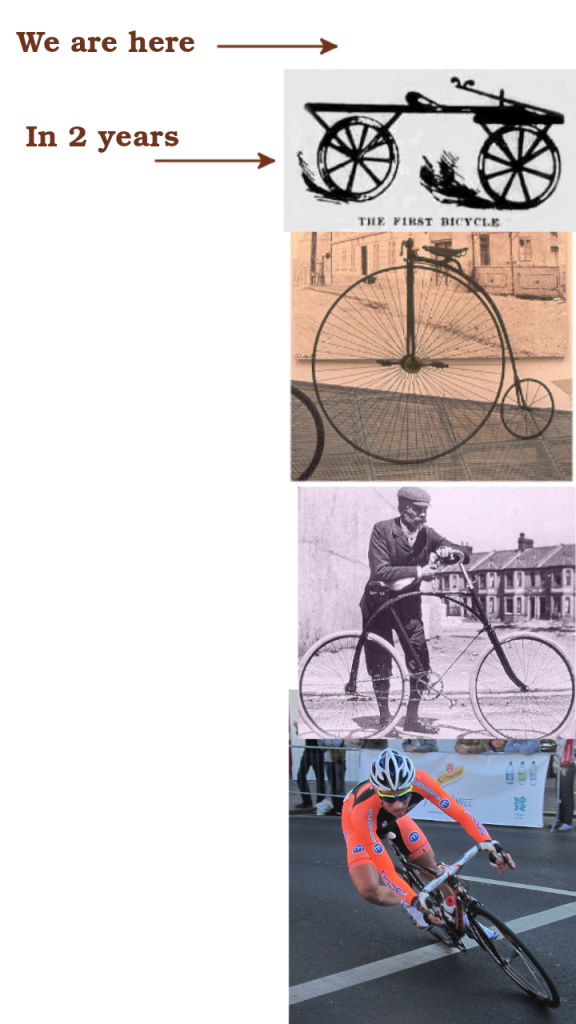Updated: Sunday 25 May 2025.
This page conveys some info on the work tackling desertification.
It Rains in Deserts!
In many deserts, rain does fall, albeit in the short, winter season. Unfortunately, many deserts have arid, compacted soil, permitting only very little of that rain to penetrate into the soil.

To have any hope of greening a desert, or at least to stop its expansion, the first step, of many, is to increase the amount of air and water available in the soil. (Minerals and micro-organisms are needed as well, to be dealt-with in the subsequent stages.) Common approaches for such soil aeration are to use hand-tools, large amounts of human labour, or large, expensive machinery. But, intelligent devices offer an automated alternative, at near-nil cost.
Automated Soil-Aeration, at $0 cost
A cheap, intelligent robot can traverse a large area, drilling holes at regular intervals, using only solar power. The result will be a massive increase in the area’s soil permeability, allowing air & water to penetrate.
Below, a very basic robot illustrates the concept: Drilling a hole, then moving a short distance to drill another hole. The rover is 2 years away from completion. Its dimensions are, roughly, 30x30x20 cm.
Only solar power is used. In addition to the micro-controller and electronics, a few small motors are involved in this proof-of-concept prototype. The first release will include more sensors and electronics, and a hell of a lot of firmware!
PermaFormer 1 aims to be a small, slow solution–the first stage of several that will aid Nature to regenerate itself.
Challenges
Innumerable!
A hell of a lot of design and testing remain. As of the moment, 2 years is expected before a v1.0 Beta could be released to a field. A subset of the challenges is:
- Navigation. This is a massive topic, for even the simplest of desert environments–and there are many different desert environments. Early on, the rover will get stuck a lot, and many will be lost; it will take years of development to improve this. But, in the meantime, cheap rovers can be of tremendous benefit.
- Intermittent Power. Nights, dawn, dusk, clouds and shades must be handled. (Yes, shades!)
- Deployment. A competent field-partner is needed before deployment issues could even begin to be addressed. Data-collection, rover-retrieval, redeployment, theft/loss, site-selection (e.g. to avoid unintended consequences) etc are only some of the obvious issues.
- Wear & tear. In theory, a single rover can run forever, working on an infinite desert. In practice, sand causes damage, and mechanical parts wear down. Moreover, navigation is very difficult; some of the early rovers will be lost.
- Mechanical design. The current rover’s mechanical structure was designed for R&D, not deployment. As such, it is made of plastic, for 3D printing, with frequent replacement of parts in mind. Even disregarding desert heat of 50 C, or 70 C, this design is unsuited to deployment. A whole new design is needed which is to use cheap, locally available material e.g. reclaimed pieces of wood, and reworked pieces of metal. The theft-appeal of the rover must be near-nil, by design!
- Drilling bits. The first year of development involved many different designs for the drilling bit. This evolution is expected to continue, especially for different target environments.
Distant Outlook
- Fluvial/River Flooding. In theory, it may be possible to decrease river-flooding by increasing permeability along the banks. But, land-ownership issues, and the irregular shape of rivers, are some of the obstacles.
- Minerals & micro-organisms. Air and water are insufficient for regeneration; minerals and micro-organisms are needed as well. Solutions for the latter stages are expected to be much more complex, and are, as yet, not devised.
This engineering design-process is evolutionary/prototyping/iterative. PermaFormer 1 has to be deployed, with all of its problems solved: Navigation, handling of various terrain (slopes, ditches, soils, vegetation, animals, rain, wadis/pools, cliffs, wind/storms, etc); deployment (partners, communication, languages, funding, data collection, data transfer, techniques/practices, repairs, locations, retrievals, materials, etc). Along that journey, refinements will emerge as well as new ideas, solutions, partners, challenges and opportunities. The designs of PermaFormers 2, 3 & 4 will be simple; they’re just waiting to be devised/ discovered. - Variety of deserts. There is a lot of diversity in the surface-cover of deserts–from loose sand to rock slabs. The initial versions of the rover will deal with only the most manageable contexts.
To use the evolution of the bicycle as an analogy, the current (May 2025) design is 2 years away from the very first bicycle:


